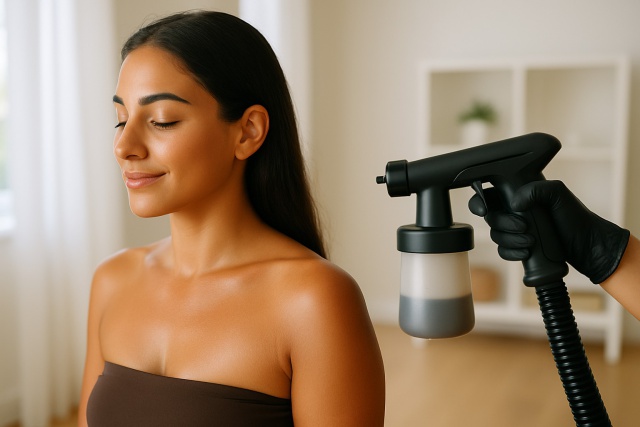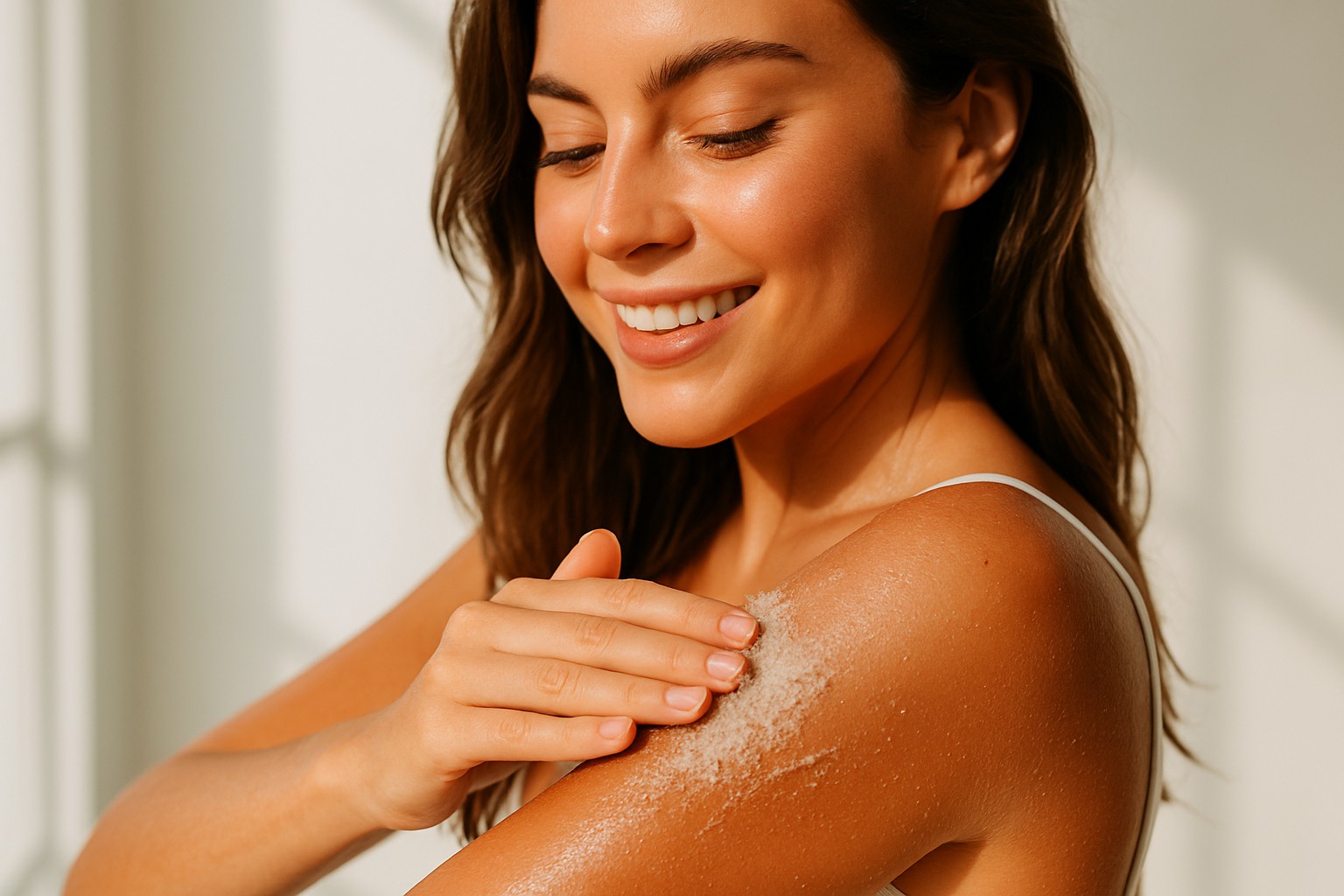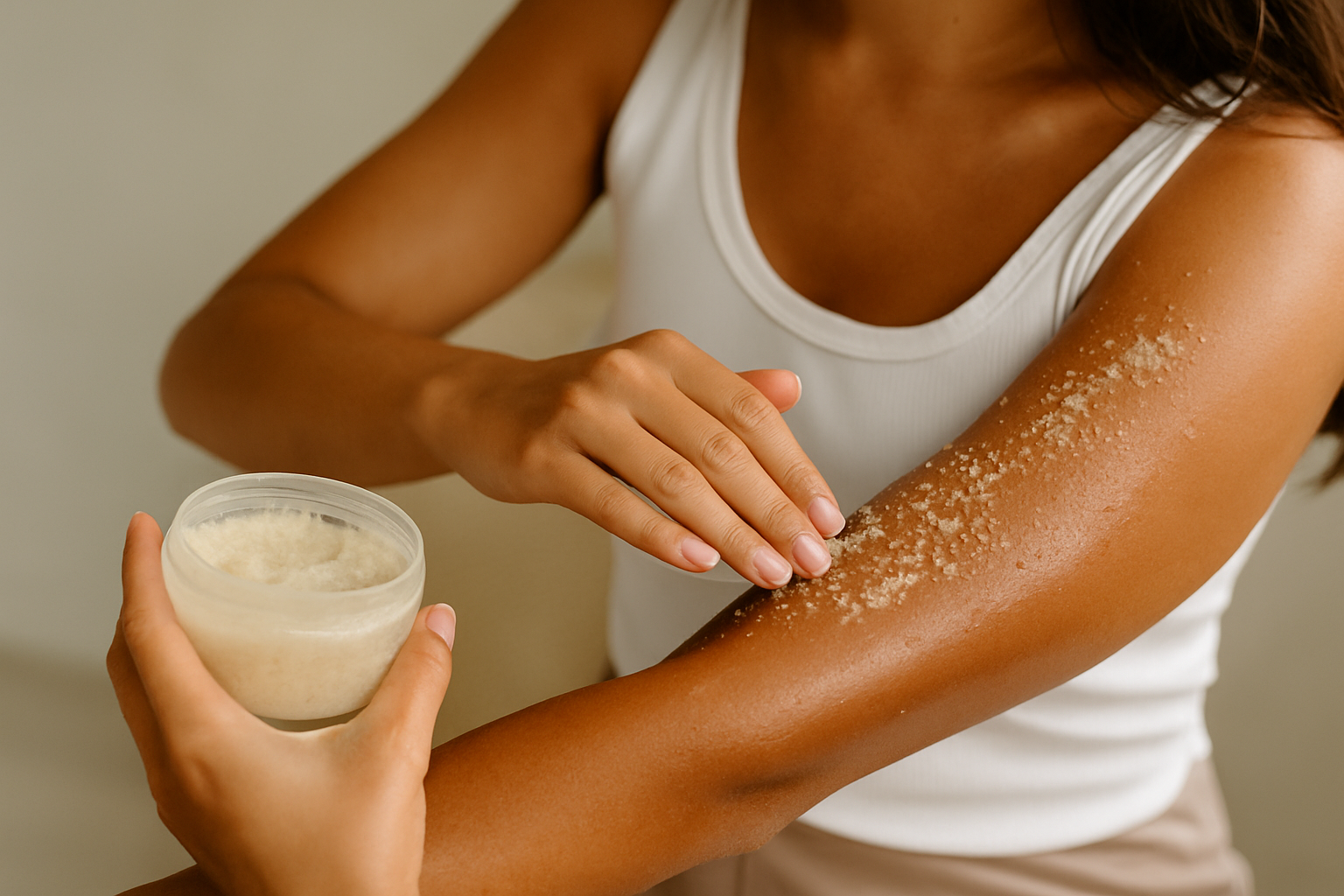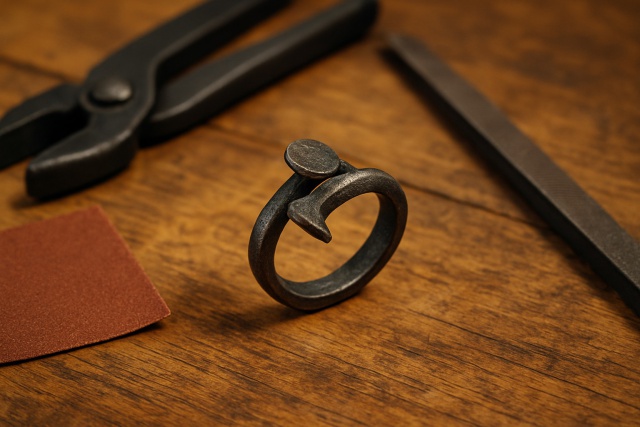
How to Take Off Tanning Spray When It Won't Wash Off?


This guide gently leads you through safe proven methods to remove tanning spray without any drama.
Tanning sprays provide a quick and convenient route to that enviable sun-kissed glow all without the hassle and risks that come with UV exposure. Still, sometimes they leave behind a stubborn tint that just won’t budge no matter how many times you wash.
Why Tanning Spray Has a Way of Sticking Around and Refusing to Wash Off Easily
Tanning sprays typically contain dihydroxyacetone (DHA), an ingredient that teams up with amino acids in the outermost layer of your skin to produce that coveted brown glow. Since this pigment latches onto your skin's dead cells it’s not something that just washes away with usual scrubbing. How long the color sticks around depends on a few things like the quality of the spray, how fast your skin naturally sheds and how generously you apply the product.
Things to Keep in Mind Before You Decide to Remove That Tanning Spray
Before you dive into removing tanning spray keep skin safety front and center. I have found that doing a patch test with any removal method is a smart move—better safe than sorry when it comes to allergic reactions or pesky irritation. Try to steer clear of harsh chemicals that might do a number on your skin barrier.
How to Remove Stubborn Tanning Spray Step by Step (Without Losing Your Cool)
Taking off tanning spray works best when you’re patient and gentle with your skin—no need to rush, as it’s not a race. Start with the basics: exfoliating lightly and applying cleansing oils, which usually do the trick before you consider reaching for anything tougher. It’s wise to steer clear of harsh scrubbing or strong chemicals that could leave your skin feeling irritated or dried out.
1. Techniques for Exfoliating to Remove Surface Tanning Spray that Actually Work
Exfoliating gives a little nudge to your skin and helps it shed those pesky dead cells tinted by the tanning spray faster. You can reach for physical exfoliants like body scrubs crafted from sugar, salt or coffee grounds—good old kitchen staples doing double duty. Exfoliating gloves are also a neat trick that gently sweeps away dull skin without much fuss.
2. How to Use Makeup Removers and Cleansing Oils
Using makeup removers and cleansing oils might sound straightforward, but when you get down to it, there is a bit of an art to it. Whether you are wiping away the day's adventures or just tidying up a little, these products can be your best friend if used right. Let’s dive in and make sure you’re getting the most out of every drop!
Makeup removers and cleansing oils do a solid job of dissolving the tanning spray's pigment, all without needing to resort to any harsh scrubbing. Just apply them gently with a cotton pad or your fingers, zeroing in on those tinted spots. These oils not only break down the stubborn color particles but also lend a hand in keeping your skin feeling hydrated and smooth as you wipe away the product.
3. Home Remedies and Natural Solutions Tried-and-True Tips That Just Might Do the Trick
There are a handful of home remedies that can gently fade and remove tanning spray without causing damage. Lemon juice for instance works like a natural bleach and exfoliant. Just be sure to dilute it with water and apply it carefully. A baking soda paste offers a mild abrasive effect that helps lift stubborn pigment layers. Baby oil is another handy option because it loosens pigment particles and softens your skin. If you are feeling adventurous, diluted vinegar can also gently break down the spray color. Just be sure to moisturize afterward to prevent dryness.
4. Professional Products Made to Remove Tan (Because Sometimes, Home Remedies Just Don’t Cut It)
When home remedies don’t work, commercial tan removers offer targeted solutions that use safe chemical formulas. Products like Tan Eraser Body Wash or Tanceuticals Tan Eraser Lotion contain exfoliating acids or enzymes that break apart stubborn DHA pigments. You can find these online or at your local beauty store. It’s important to follow the instructions—usually that means applying the product, letting it sit, and then rinsing it off gently.

Extra Tips to Help Fade Stains Faster and Dodge Those Pesky Set-In Marks
Taking care of your skin after removal is important for restoring hydration and keeping irritation in check. I’ve found that rich moisturizers with soothing ingredients like aloe or shea butter can really calm your skin. On the flip side, it’s best to avoid harsh soaps or anything with alcohol because those tend to strip away your skin’s natural oils. Before your next tanning spray session, make a habit of exfoliating first. Then apply the spray in thin, even layers to avoid stubborn stains later on.
- Opt for lukewarm water when showering instead of piping hot to help preserve your skin's precious moisture barrier.
- Steer clear of hot showers because they tend to zap your skin’s natural oils and can make that hard-earned tan fade quicker than you would like.
- Make it a point to moisturize regularly with hydrating lotions since it’s the secret to keeping your skin soft and flake-free.
- Gently exfoliate every few days to remove pigmented dead skin cells and encourage your tan to fade evenly.
- Try to limit sun exposure because too much can cause uneven fading or worse, some not-so-fun skin damage.
- Drink plenty of water since hydration from the inside out works wonders.
- Avoid tight clothing over sprayed areas because friction can be the sneaky culprit behind uneven removal.
Frequent Mistakes People Tend to Make When Trying to Remove Tanning Spray
Certain removal methods for how to take off tanning spray can sometimes do more harm than good, believe it or not. Scrubbing too hard might mess with the skin's natural barrier and leave you with irritation and redness that’s about as welcome as a surprise cold shower. It’s smart to avoid bleach, harsh solvents or abrasive tools since they often cause uneven discoloration and dryness nobody wants. Ignoring skin reactions or rushing the removal process tends to worsen staining or sensitivity, which nobody wants.
Scrubbing too hard can end up irritating and even damaging the delicate outer layer of your skin, something I’ve learned the hard way.
Using abrasive tools like rough loofahs or harsh brushes often causes tiny tears that you might not notice until it’s too late.
Applying bleach or strong chemical solvents is risky because it can cause discoloration and painful burns if you’re not careful.
Ignoring early signs of allergic reactions or irritation is a sure-fire way to make skin sensitivity get worse.
Rushing through the removal process often leads to uneven fading and those pesky stains nobody wants.
Skipping proper hydration seriously weakens your skin’s natural ability to heal and renew itself. Trust me, your skin will thank you for the extra TLC.





